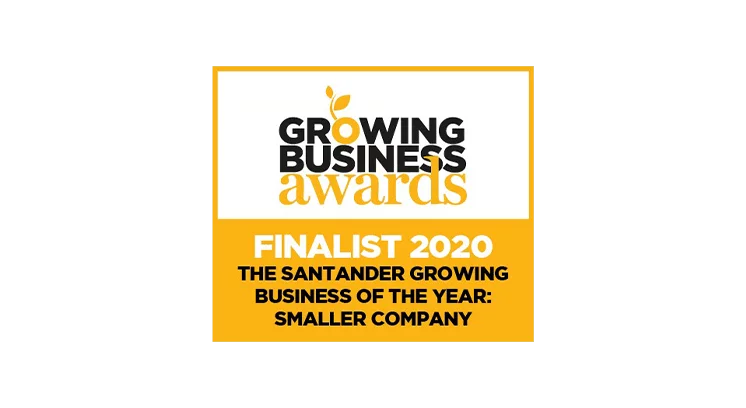The facilities management (FM) landscape has evolved rapidly over the past few years. From responding to global disruptions like the pandemic, to supporting hybrid workforces and sustainability, FM is now a strategic function that drives innovation.
As we look ahead to 2026, organisations are focusing on future-facing solutions rather than reactive problem-solving. Technology, data, and human-centred strategies are shaping how FM teams operate, making it an exciting time for innovation and transformation.
This article explores the factors that have been driving change in the facilities management industry in 2025, and how they’re paving the way for more progress into 2026.
1. AI-Driven Automation
In the past few years, businesses across every industry have been exploring how AI can make operations more efficient. And facilities management is no different. AI is revolutionising facilities management by enabling smarter, more efficient, and data-driven operations. Rather than replacing human decision-making, AI empowers FM teams to anticipate issues, optimise resources, and enhance service delivery across all aspects of building and asset management.
In facilities management, AI is helping teams be more strategic –instead of just fixing problems as they happen, AI helps FM teams anticipate issues ahead of time and make better long-term decisions. From optimising maintenance schedules and automating routine workflows to providing actionable insights from operational data, AI is transforming the way buildings and assets are managed. Importantly, these technologies are designed to enhance human decision-making rather than replace it, allowing FM professionals to focus on higher-value, strategic work.
Looking ahead, AI is set to supercharge human capabilities in FM, from boosting operational efficiency and sustainability outcomes to enabling smarter, more responsive service delivery, making it a key driver of innovation and competitive advantage in 2026.
2. Smart Building Technology and IoT Expansion
Smart buildings are accelerating, driven by IoT sensors, connected platforms, and intelligent building management systems (BMS). As we move into 2026, these technologies are expected to play an even bigger role in helping FM teams operate efficiently, sustainably, and proactively.
IoT-enabled systems provide real-time insight into building operations, from HVAC and lighting to security, allowing teams to spot issues early and optimise performance. Automated workflows, data dashboards, and digital twins make operations more efficient and support compliance. While adaptive monitoring helps create comfortable, responsive workplaces, particularly for hybrid work.
Integrated with platforms like CAFM or CMMS, IoT and smart building technology are set to drive smarter decision-making and continuous improvement, building on existing FM practices and unlocking new opportunities for sustainability and occupant experience in 2026.
3. Mobile Workforce Enablement
Modern FM is becoming increasingly mobile, and mobile workforce solutions are set to become even more essential in 2026. These tools give field teams real-time access to work orders, assets, and building data, allowing decisions to be made on-site instead of waiting for back-office input.
Technicians can update task statuses, capture proof of service, and communicate instantly with colleagues, reducing admin work and improving responsiveness. For hybrid and distributed teams, mobile technology ensures operations remain seamless regardless of location, while managers can track performance and resource utilisation in real time.
By providing staff with the right information at the right time, mobile workforce solutions enable FM teams to work smarter, respond faster, and deliver higher-quality service across multiple sites.
4. Data-Driven Sustainability and Energy Efficiency
Sustainability has moved from an aspirational goal to a core priority in facilities management, and data is now at the heart of achieving it. By integrating IoT sensors and smart building platforms, FM teams can monitor energy use, lighting, heating, and cooling in real time, automatically adjusting systems based on occupancy and demand to reduce waste and optimise efficiency.
Aggregated data from these platforms provides actionable insights through dashboards and reports, helping teams identify trends, improve building performance, and make informed operational decisions. Automated compliance tracking and audit trails ensure standards are consistently met while supporting ESG objectives.
Looking ahead to 2026, leveraging real-time data and smart controls will enable organisations to deliver measurable energy savings, lower carbon emissions, and cost reductions, turning sustainability into a practical, data-driven outcome rather than just a goal.
5. Compliance, Audit Trails, and Governance
As FM operations become more digital, organisations are placing greater emphasis on compliance and operational transparency. Modern FM platforms automatically track completed tasks, generate audit trails, and provide reporting tools to ensure adherence to industry regulations, client requirements, and internal standards.
Automated compliance tracking not only supports ESG and sustainability goals but also builds trust with clients and stakeholders. In 2026, compliance will be less about manual checks and more about embedding governance into digital workflows, ensuring accountability while freeing FM teams to focus on delivering the best service for customers.
6. Integrated and Holistic FM Systems
The integration of CAFM, CMMS, FSM, and IoT platforms is driving a new era of connected facilities management. By consolidating data across maintenance, scheduling, energy use, and compliance, FM teams can use the one platform to make informed, proactive decisions.
Integrated systems allow predictive maintenance, smart energy optimisation, and dynamic scheduling to work together seamlessly. In 2026, organisations that embrace holistic FM systems will achieve higher operational efficiency, better sustainability outcomes, and more effective resource management. All while empowering teams with actionable insights and real-time data.
Looking to 2026 and beyond
Facilities management will continue to evolve as technology, sustainability, and people-centred approaches converge. Innovations such as digital twins, AI-driven workflow optimisation, advanced ESG reporting, and adaptive workplace design are shaping how FM teams deliver value.
Organisations embracing these innovations will drive operational excellence, strengthen resilience, and create workplaces that attract and retain talent. From more flexible working models to intelligent, responsive buildings, FM is no longer a reactive function. It’s a strategic driver of performance, sustainability, and innovation.










